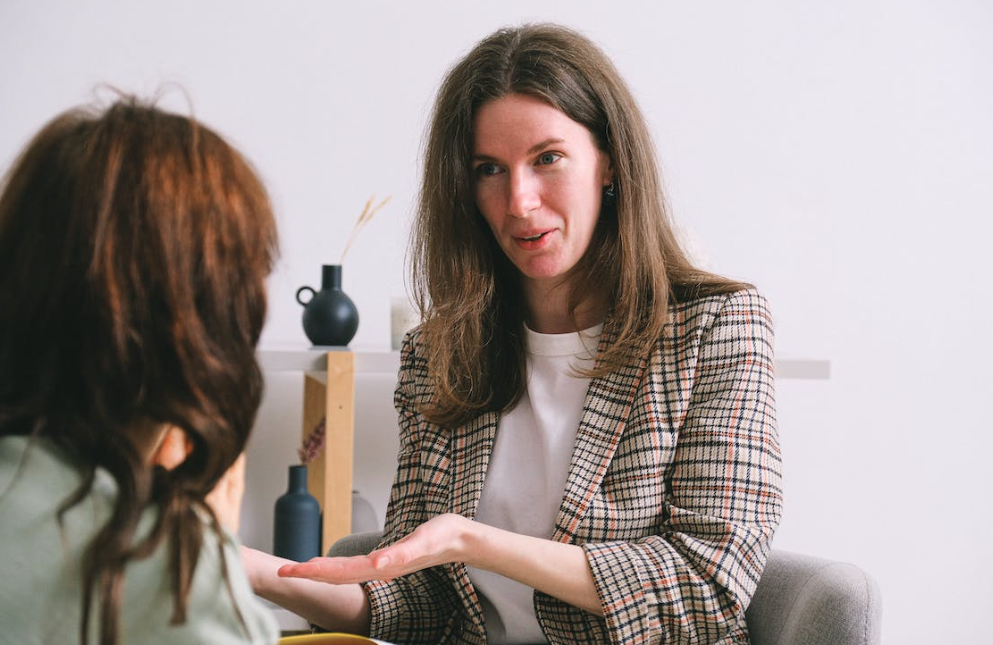In the early 1960s, when laparoscopy was introduced, endometriosis was divided into three different clinical presentations:
The classification of the sages of endometriosis are done using point scores depending on the location, extent and depth of endometriosis implants; the present and severity of adhesions, and the presence and size of ovarian endometriomas. The staging of endometriosis does not always correlate with the severity of symptoms.
Stages 1-2: ‘Minimal’ or ‘Mild’ ;
Wounds or implants that are found mostly in the pelvic region or surrounding organs. Also known as Superficial Peritoneal Endometriosis: the peritoneum is a thin membrane that covers the organs in the abdomen and pelvic cavity. Superficial lesions are typically located on the pelvic organs or the peritoneum. The lesions are initially colourless or clear which then can progress to the most known appearance of blue-black. They are known as powder burn or cigarette burn.
Stage 3: ‘Moderate’ ;
There are many deep implants with cysts present in the ovaries and thick bands of scar tissue. Also known as Endometriomas cysts: Endometriomas are dark, dense fluid filled cysts. They are common in the ovaries and vary in size. They are associated with deep infiltrating endometriosis and affect 17 – 44% of patients with endometriosis.
Stage 4: ‘Severe’ ;
Many deep implants, adhesions and cysts located on multiple organs. Also known as Deep infiltrating endometriosis: When endometriosis tissues are found deep within a tissue or organ, deep infiltrating endometriosis occurs. Although considered to be rare, deep infiltrating endometriosis is quite common. These lesions can be found in recto vaginal septum, cul-de-sac, between the bladder and the uterus, on the uterosacral ligaments and in other extraperitoneal pelvic sites.
Regardless of any stage of Endometriosis, symptoms differ between every person. A person in stage 4 could possibly experience less pain then a person with stage 1, this is why a definitive diagnosis is very important to rule out any other illnesses eg IBS.










